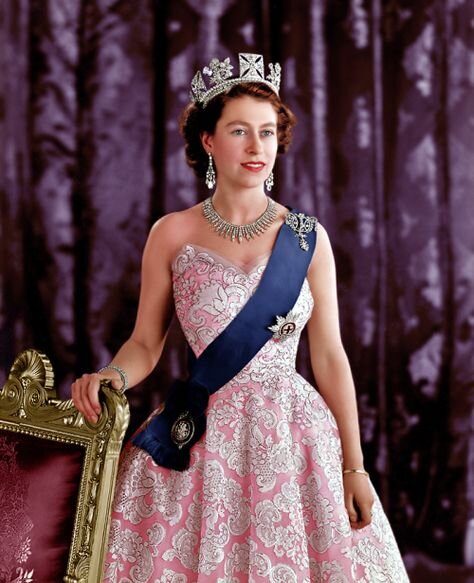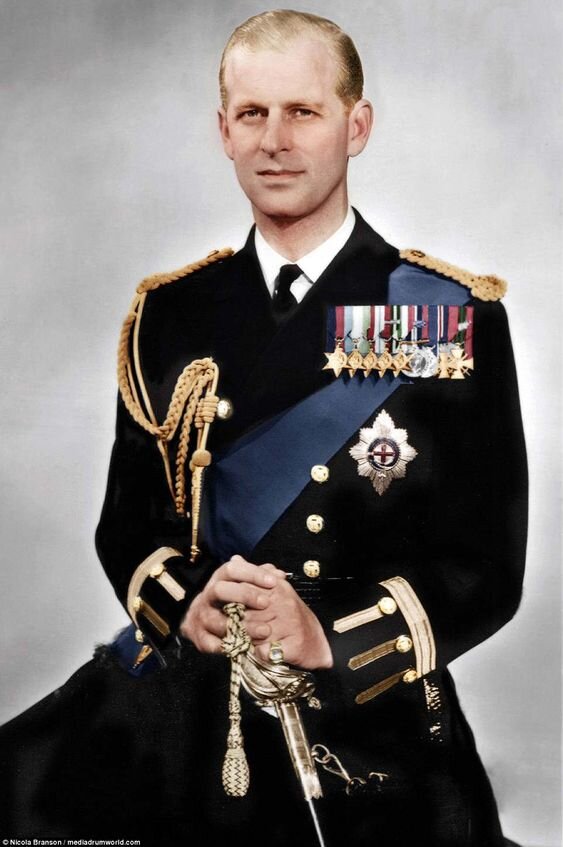Henry VIII's Jousting Accident Probably Didn't Change his Personality
People citing this supposed jousting accident as changing Henry VIII into a tyrant is one of my PET peeves, y’all. It’s what everyone who knows just enough Tudor history to be dangerous and also WRONG cites. I originally wrote this as a long response to a comment referencing the accident on Ask Historians, but since I’m basically correcting someone with this entire thing, I won’t post a direct link to it. I’ll share it with you if you really want though.
Detail showing Henry VIII jousting in front of Katherine of Aragon, College of Arms (Westminster Tournament Roll), by Thomas Wriothesley, 1511
So about that jousting accident. The story of that accident actually comes from only three sources of various trustworthiness. This accident isn't mentioned elsewhere, although you would think that an accident resulting in the king losing consciousness for a long period of time would have definitely been reported by many many people.
Eustace Chapuys, the famous ambassador of Charles V, reported in January 1536, "On the eve of the Conversion of St. Paul, the King being mounted on a great horse to run at the lists, both fell so heavily that every one thought it a miracle he was not killed, but he sustained no injury."
The English chronicler Charles Wriothesley wrote, " …it was said she [Anne] tooke a fright, for the King ranne that tyme at the ring and had a fall from his horse, but he had no hurt; and she tooke such a fright with all that it caused her to fall in travaile, and so was delivered afore her full tyme, which was a great discompfort to all this realme.”
In March 1536, Dr Pedro Ortiz, Charles V's ambassador in /Rome/ (not England), said "Has received a letter from the ambassador in France, dated 15 Feb....The French king said that the king of England had fallen from his horse, and been for two hours without speaking. “La Ana” was so upset that she miscarried of a son."
(Thanks to the brilliant Anne Boleyn files blog for compiling these sources so well - https://www.theanneboleynfiles.com/24-january-1536-serious-jousting-accident-henry-viii/ )
So as you can see, the sources in England at the time of the incident said that it was a very hard fall but that Henry VIII was in fact, not injured. Although Wriothesley might have glossed over an injury to the king's head, Chapuys certainly had a vested interest in conveying completely accurate information to the emperor - so we can trust that his reports of "no injury" are likely to be true. The only source that claimed that the king didn't speak for two hours after his accident was a man who had heard the information second or third hand and was in a completely different country at the time.
It does appear that this jousting accident was bad enough to burst an earlier leg ulcer, leaving him with lasting, constant pain in both of his legs for the rest of his life. This likely made him very cranky. But there is no sign that he actually suffered from any brain injury.
In addition, although people DO often cite this as the source of his "changing personality," in fact, there are actually numerous examples of Henry VIII’s brutality before 1536 as well.
Specific incidents indicating his brutality prior to this:
Shortly after taking the throne, Henry VIII executed Edmund Dudley and Sir Richard Empson for "constructive treason" in their financial dealings for the previous king, even though both men had just been doing the bidding of his father Henry VII.
He brought down Cardinal Thomas Wolsey, a man who essentially ran the country for him from 1515-1529, just because he couldn't convince the Pope to give him an annulment. Wolsey was stripped of his government office and all his property and was later arrested for treason, but became ill and died in November 1530 before he could be tried. He reputedly said " if I had served God as diligently as I have done the King, he would not have given me over in my grey hairs."
He had Thomas More, his former chancellor and a man who had worked closely with him since 1517, executed in 1535 for refusing to sign the Oath of Succession which repudiated the authority of the Pope (and outlined the new line of succession, which he did not object to).
He treated Catherine of Aragon, his companion of 21 years, shamefully for refusing to accept the invalidity of their marriage. After she was banished from court in the summer of 1531, Catherine was moved from estate to estate and forced to live in increasingly poor lodgings and with fewer and fewer servants. Her friends were not allowed to visit her and she was not allowed to see her daughter for the last 4-5 years of her life, even when Mary was very sick and when Catherine herself was actively dying in January 1536. Mary was also forbidden from attending her mother's funeral.
To claim that his personality changed significantly after this supposed jousting accident is to ignore these many examples of his tyrant like behavior beforehand.



















































































